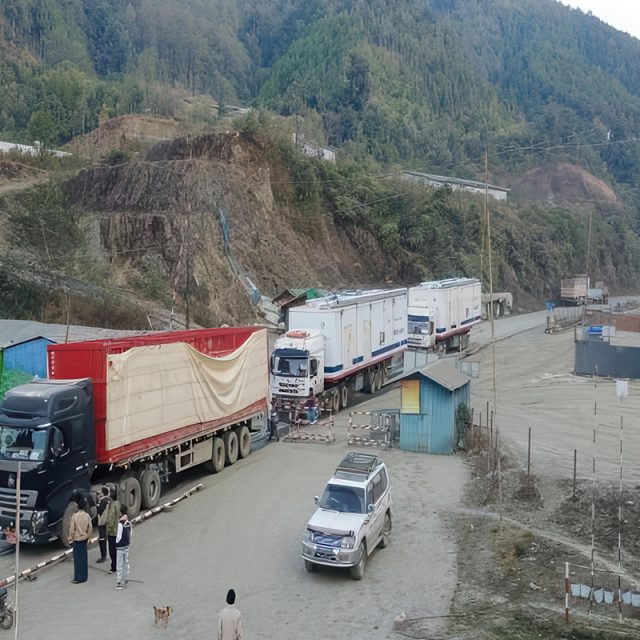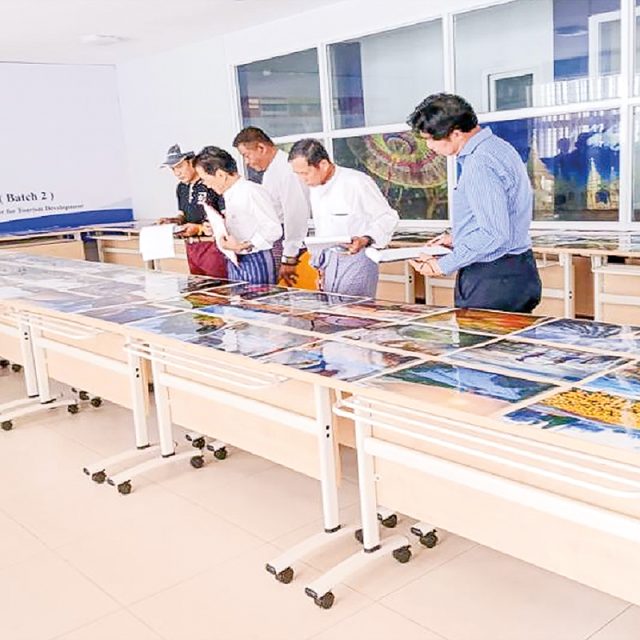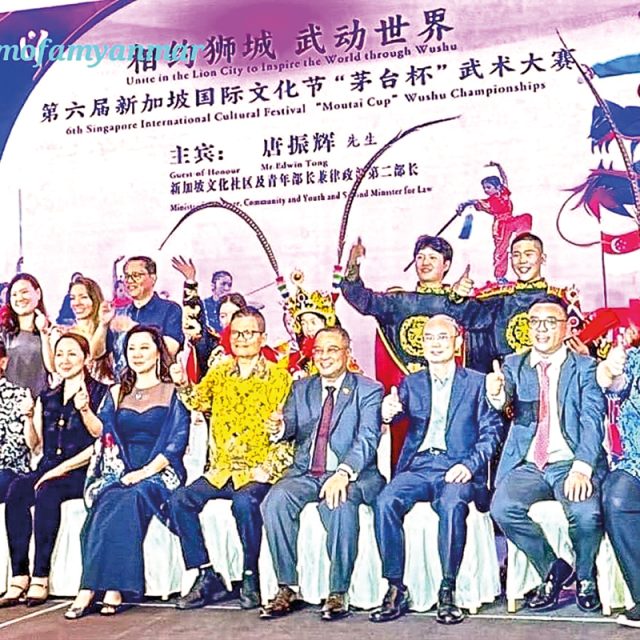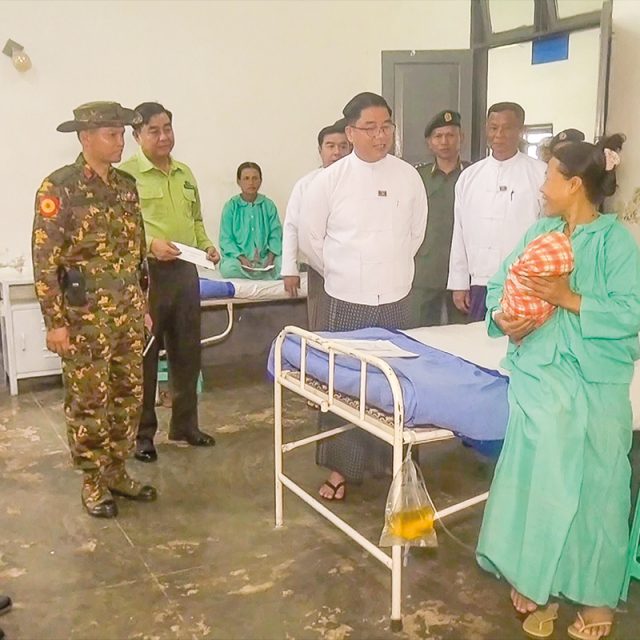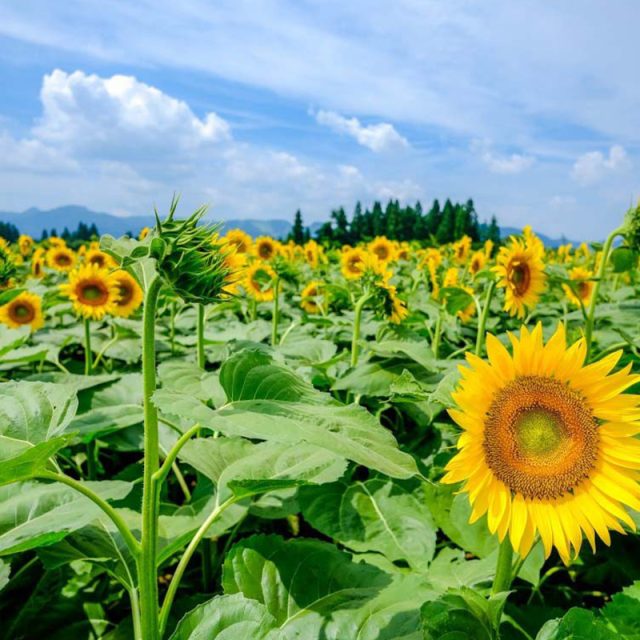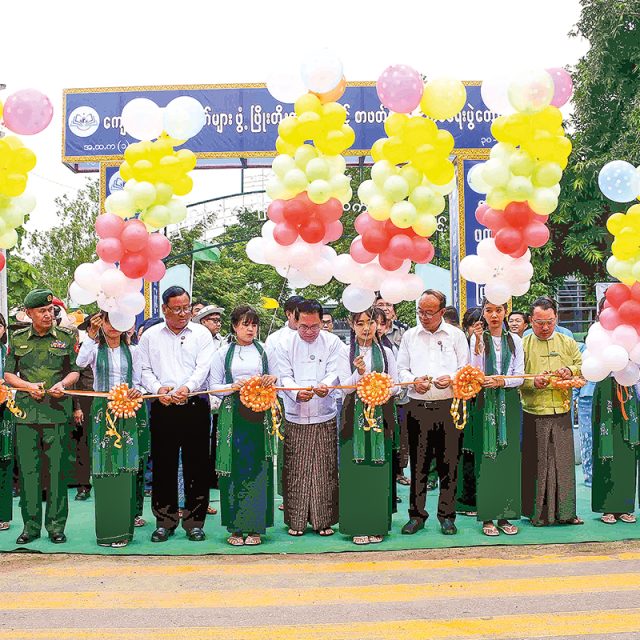Land of a million elephants – an obvious overstatement perhaps, yet it is a nation worth visiting for just being a uniquely landlocked sovereign in the heart of ASEAN. Trying to convert the landlocked country into a land-linked nation, Laos is setting a good enough example as the benefits started to accumulate in the economy of the State.
First, back to the basics: Lao vs Laos; Lao, without an ‘s’, is the term used locally, from Beer Lao to “we are Lao people”. The Laos is only used when referring to the State or internationally. The country of 7.5 million people lived peacefully under a one-party communist government, uniting around 50 different ethnic minorities. With the country’s population akin to that of Yangon, in a land area roughly the size of Shan State, Laos is one of the least densely populated countries on earth. Land transport has always been a challenge as most of the country’s geography comprises mountainous regions.
The writer was there on a recent BRI (Belt and Road Initiative) showcase trip, involving travelling from the state capital of Vientiane to the ancient capital of Luang Prabang and finally ending in Kunming, the capital of Yunnan province of China via the border crossing at Xishuangbanna. There was no direct flight from Yangon at the time of the trip, but inaugural flights are expected from the beginning of July 2024. The current flights out of BKK to VTE are with small ATR planes, the same as those used in domestic flights within Myanmar.
Laotian food was not distinctly different from Myanmar’s. The only surprise would be the instant realization that you are the world of world’s largest per capita consumer of sticky rice. They do not use normal rice (jasmine, basmati, or pawsan) to go with their dishes. Instead, sticky rice is served as the staple.
Costing of a major development
A project that could possibly uplift a nation from a third-world to a first-world infrastructure would not have come without high costs. The $6 billion high-speed rail project was financed with 60 per cent debt and 40 per cent equity in LCR (Laos China Railway Co). Obviously, the former, being owed to China, would have significantly increased the nation’s external debt as a percentage of its GDP. The equity itself was, in turn, 70 per cent funded by China and the remainder 30 per cent by Laos. In essence, China contributed nearly 90 per cent of the required capital and probably an enormous lot of political capital. Most of the trains go empty in business and first-class coaches, but economy class has an occupancy rate of 80+ per cent on average. It would be long before any financial payback materialized, yet intangible benefits are being experienced as of now.
From Laotians being able to utilize first-world hardware to the country becoming a trans-shipment hub carrying fruits and vegetables from Thailand to now tourists booking the ride the train from Bangkok all the way to Kunming, the positive externalities are numerous. The government aims to double the number of tourist arrivals to four million per annum in the foreseeable future. Just for comparison, tourist arrivals in Myanmar peaked at around 1m in its heydays.
Attractions may be few in between, especially in the capital. The victory monument looks good at first sight, and the night market is a tad too duplicate of the Pasar Malems of the Nanyang peninsula. Chinese dominance and influence are everywhere, from whole new lots of EV car showrooms to clubs, karaoke and a number of casinos. Perhaps an immediate return of political favours would be possible.
The newly opened South Station itself is impressive, albeit significantly smaller in size than some stations in third-tier cities of China. It is clean, dogmatic and fit for purpose. For an average Joe, just seeing the station and the arrival of so-called bullet trains would imply that Laos has moved up a step in its development. The trains are also of the first world, with chargers, coat hangers, power sockets and foldable tables.
Luang Prabang
Luang Prabang to the Lao people is what Ayutthaya is to the Thais. The last king of Lao resided there. The Royal Palace and the temple with the burial chamber are on city premises. Just like all the major towns and cities within Laos, they are located alongside the great Mekong River. Going into Thailand is just a boat crossing or swim away. Many tourist attractions are located around the Luang Prabang area, including many elephant camps and trekking tours. According to the historian at the Royal Palace, successive Kings of Lan Xang occupied the Palace, including the seven monarchs who were allegedly killed under the orchestration of one serial monarch killer, a Queen known as Maha Davi (Nang Keo Phimpha).
As with all the developments, lots of displacements occurred as villages were relocated, especially from areas around hydroelectric power plants. Laos has so much electricity generated by hydropower that they are selling back the excess supplies to both Thailand and China, contributing more than 10% to the GDP every year. (And we, in Myanmar, are still short on power, and NNCP terrorists are still bombing our transmission towers). The displaced villagers were given nearby lands. Regardless of their emotional struggles upon giving up their ancestral land, no one dared to object to the move towards bringing the nation forward. The displaced persons received better housing and more extensive land than they had lost. Such an arrangement would not have been possible, especially in areas dominated by ethnic minorities in Myanmar.
Ultimately, the mega BRI project may have added to Loas’ debt, but it decreased transport and logistic costs across the land. It may have increased the number of overseas visitors (targeting 4 million), yet it remains safe. It created job and learning opportunities for Laotians. It may not be a democratic country measured by the Western standards of yardsticks, yet the government continues to fight for economic opportunities and protect the public interest. The successful project completion implies a country that provides for people experiencing poverty, works for working families, makes sense for the middle class, helps out in the heartland and revitalizes the rural landscape. At the end of the day, just like the fastest growing countries in the current decade, Laos has chosen development over democracy, country over individual rights, hope over infighting, determination over indecision and economy over freedom of expression, and people over politics. All its citizens can hope for is to bring the country forward along the path of growth, much like the rest of South East Asia.



